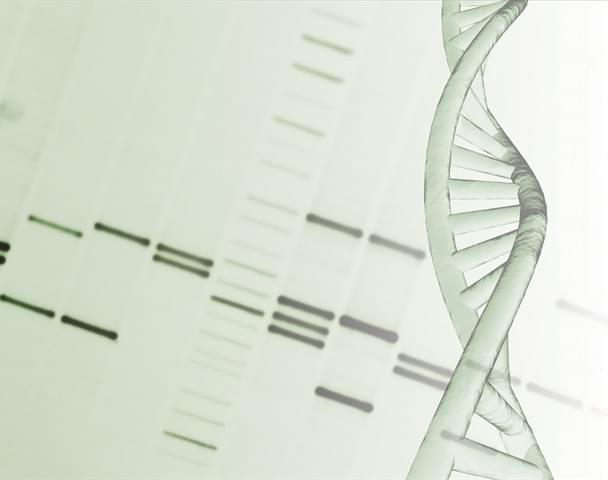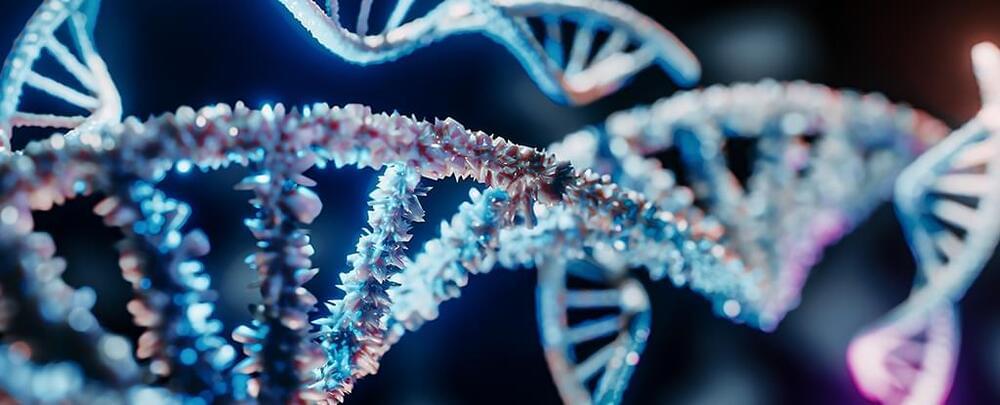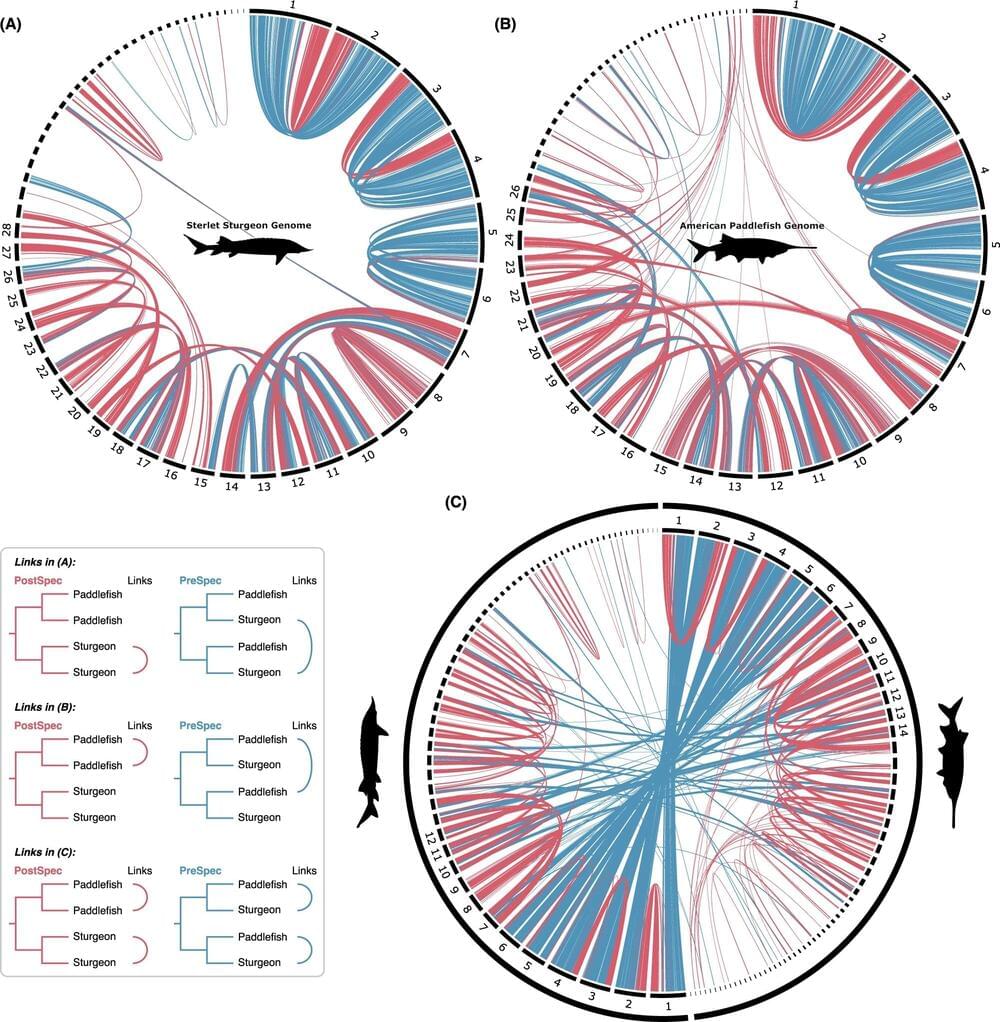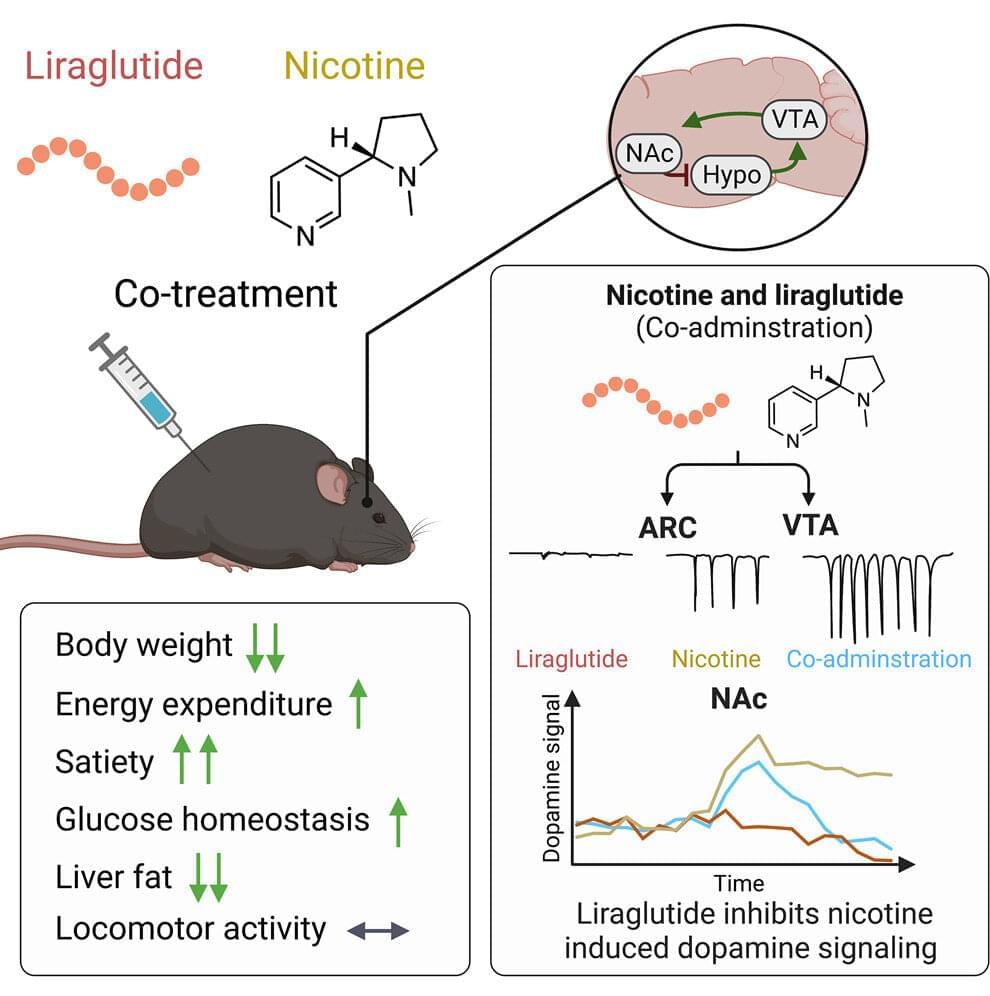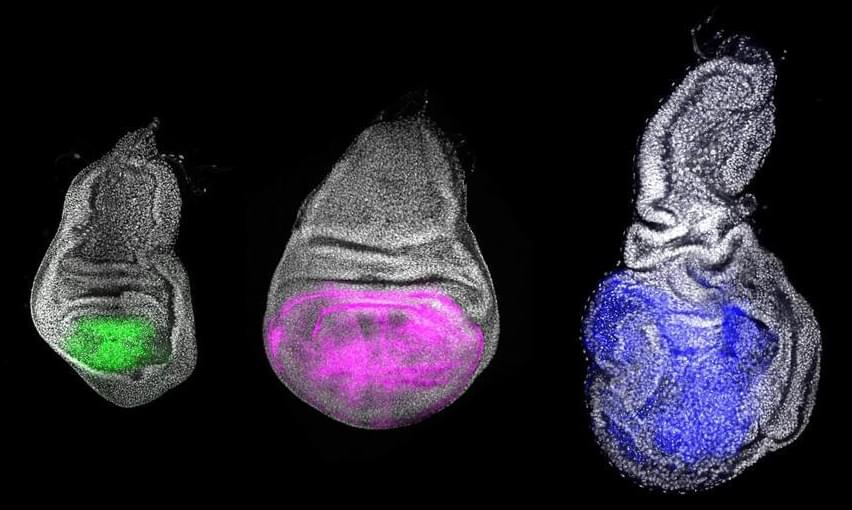Surprisingly, the human studies consistently show that collagen supplements reverse the signs of skin aging.
💊 My full supplement stack: https://drstanfield.com/my-supplements.
💊 Supplements I source from Amazon: http://amzn.to/3o2ULOV
✨15% Discount Code: BRAD ✨
• ProHealth: https://www.prohealth.com/collections/best-sellers.
✨10% Discount Code: BRAD ✨
• DoNotAge.org: https://donotage.org/products/
• Renue By Science: https://renuebyscience.com/?rfsn=5206061.b626e7&coupon-code=brad.
🔍 The largest database of nutrition and supplement research:
https://examine.com/refer/drstanfield.
Donate towards my Rapamycin & Exercise clinical study: https://bit.ly/3QwugRx.


